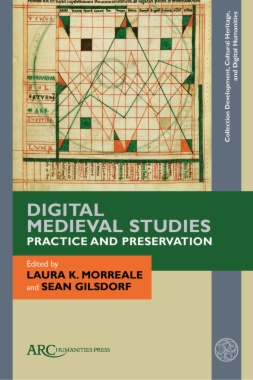In the last decade, the terms “digital scholarship” and “digital humanities” have become commonplace in academia, spurring the creation of fellowships, research centres, and scholarly journals. What, however, does this “digital turn” mean for how you do scholarship as a medievalist? While many of us would never describe ourselves as “DH people,” computer-based tools and resources are central to the work we do every day in offices, libraries, and classrooms. This volume highlights the exciting ways digital methods are expanding and re-defining how we understand, represent, and teach the Middle Ages, and provides a new model for how this work is catalogued and reused within the scholarly community. The work of its contributors offers valuable insights into how “the digital” continues to shape the questions medievalists ask and the ways they answer them, but also into how those questions and answers can lead to new tools, approaches, and points of reference within the field of digital humanities itself.
- COVER
- CONTENTS
- LIST OF ILLUSTRATIONS
- INTRODUCTION: THE MEDIEVALIST, DIGITAL EDITION – LAURA K. MORREALE and SEAN GILSDORF
- CHAPTER 2. NEW APPROACHES TO OLD QUESTIONS: DIGITAL TECHNOLOGY, SIGILLOGRAPHY, AND DIGISIG – JOHN MCEWAN
- CHAPTER 3. CORPUS SYNODALIUM: MEDIEVAL CANON LAW IN A DIGITAL AGE – ROWAN DORIN
- CHAPTER 4. TEACHING CONSTANTINOPLE AS A (PIXELATED) PALIMPSEST – J. W. TORGERSON
- CHAPTER 5. LIFE ON—AND OFF—THE CONTINUUM – LISA FAGIN DAVIS
- APPENDIX: PERMANENT LINKS TO THE CATALOGUED ASSETS OF PROFILED PROJECTS
- INDEX

